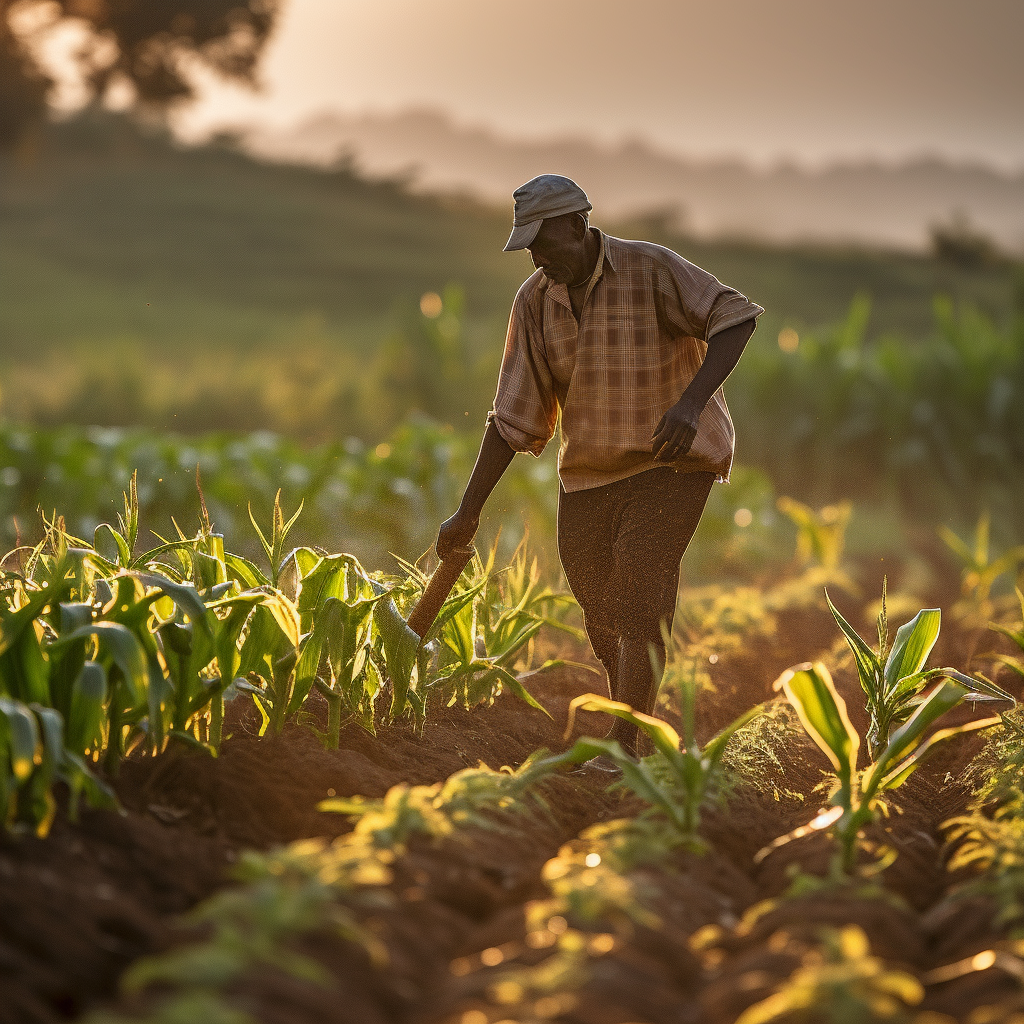
Climate finance is a crucial element in the fight against climate change, and yet, the agrifood systems that account for over a quarter of global greenhouse gas emissions receive a mere 2.5% of total climate financing. This disparity is substantial, particularly considering that the majority of this limited financing, a whopping 88%, is primarily focused on mitigation rather than adaptation.
The source of this financing is another area of concern. A staggering 92% of the climate finance for agrifood systems comes from public sectors, leaving only a small fraction, just 8%, sourced from private sectors. The need for increased investment from the private sector is evident.
However, the issue doesn’t stop at the source of the funds. It extends to the geographic distribution of these funds, which is significantly uneven. Most of the funds for climate finance in agrifood systems are allocated to Latin America, the Caribbean, and Asia, with only a minuscule portion making its way to Africa.
This underfunding is further highlighted by a report by the Climate Policy Initiative (CPI), Climateshot Investor Coalition (CLIC), and UK Aid Direct. The report reveals that agrifood systems received a paltry 4.3% of total global finance tracked at a project level in 2019 and 2020.
Venture capital in agrifoodtech tells a similar story. Only one-tenth of this capital went to climate-focused companies, with an annual investment average of $2.3 billion. To put this into context, to reach even the most conservative estimates for climate mitigation and adaptation actions, climate finance for agrifood systems needs to increase by at least seven times from the current levels.
The report by CPI, CLIC, and UK Aid Direct suggests a few ways this could be achieved. One recommendation is to repurpose funds that are currently directed towards harmful practices. It also suggests adopting guiding principles such as fostering integrated sustainability objectives, leveraging virtuous cycles, and improving implementation.
It is clear that the agrifood sector needs more than just a small slice of the climate financing pie. The sector needs a significant increase in funding, not just from public sources but also from private sectors. This funding needs to be distributed more evenly across the globe and used more effectively to achieve the required levels of climate finance for this critical sector.






